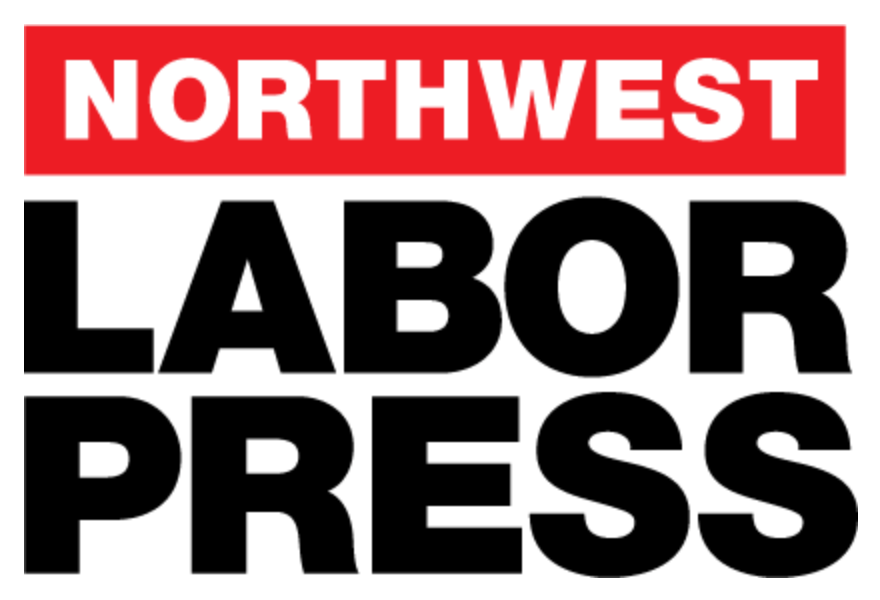
I’ll never forget the lesson I learned watching my daughter play basketball when she was in middle school. Her team was spirited and scrappy, but they were losing game after game. Then something happened. They started winning — almost every game. What happened? They got organized. Before, they played as squads of five individuals, and lost every time. They started winning when they took the court as a single super-organism, executing plays as a team. I was witnessing the power of organization.
You can see the same dynamic all over if you look for it. Organization is the difference between iron ore and stainless steel. It’s the difference between a mob and a battalion. And it’s the difference between workers who are united together in a union and workers who engage their employer on their own.
To be clear, working people are well-organized already. They’re organized by their employers, and that organization is essential to their employers’ success. Organized in teams, crews, and shifts, working people routinely pull off feats of human achievement— constructing 35-story towers, providing lifesaving medical care to hundreds of patients, and assembling 45-ton aircraft that will carry 200 passengers safely at 587 miles an hour.
But employer organization is focused on employer ends. If workers want to further their own ends, they need their own organization, ideally an organization they participate in and control and whose leaders they elect. I’m describing a labor union.
But it’s a mistake to think that “union organizing” starts and ends with signing a union card and getting a government agency to certify that you and a majority of your coworkers want a union.
Collective bargaining doesn’t work that well without collective action. There’s no magic trick that a bargaining team can play that will get an employer to dig deep and make a fair offer. Bargaining teams are delegations of workers that present their proposals to employers. But their leverage comes from the level of organization of the workers they represent — when employers see that workers are capable of taking action as a group, they’re more likely to make reasonable concessions.
Lately I’ve seen unions taking that more seriously, deploying “internal organizers” to get bargaining units ready for action, and recruiting member volunteers to serve on “contract action teams.”
It’s always a bit thrilling to witness collective action, whether it’s a marching band or an offensive line in football, or the scene I saw a few weeks ago. Hundreds of Boeing workers had walked off the job and left their factory in Gresham to go cast strike votes at the Expo Center. Lines of red-shirted volunteers and staff were there to greet them, signing them in and handing them ballots. Other volunteers oversaw ballot boxes, handed out “will strike if provoked” T-shirts and other union swag. Those Machinists union members weren’t paid to be there, but they were there anyway, because they knew that a test run of collective action would signal to the company that there’s more to come if they don’t get a fair contract.
Organizing turned losses into wins for my daughter’s basketball team. I’m convinced it can do the same for working people.


